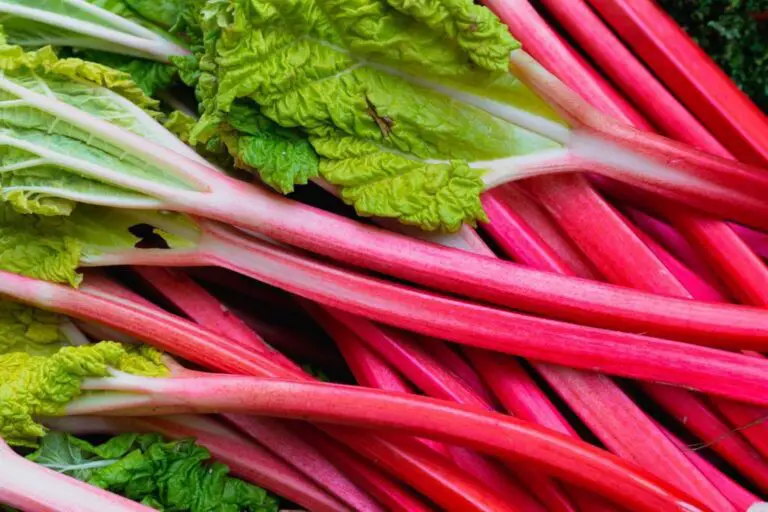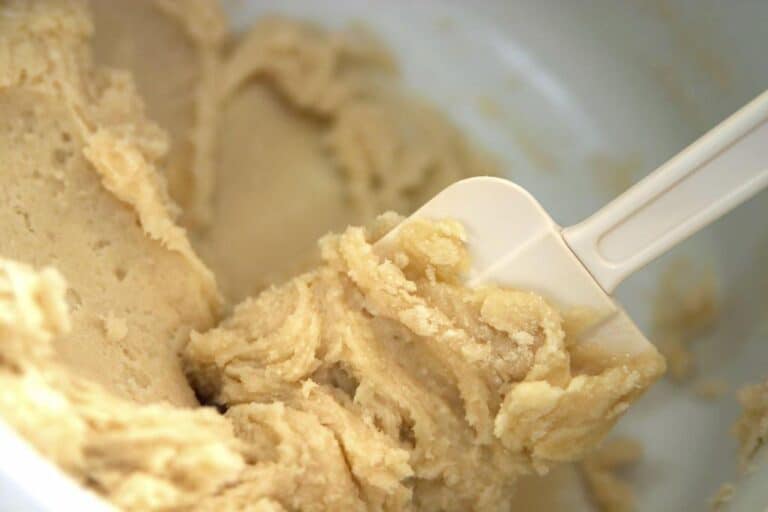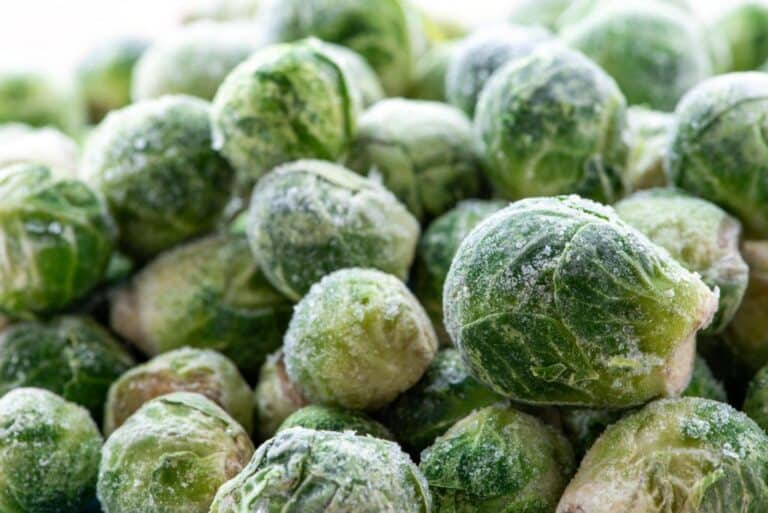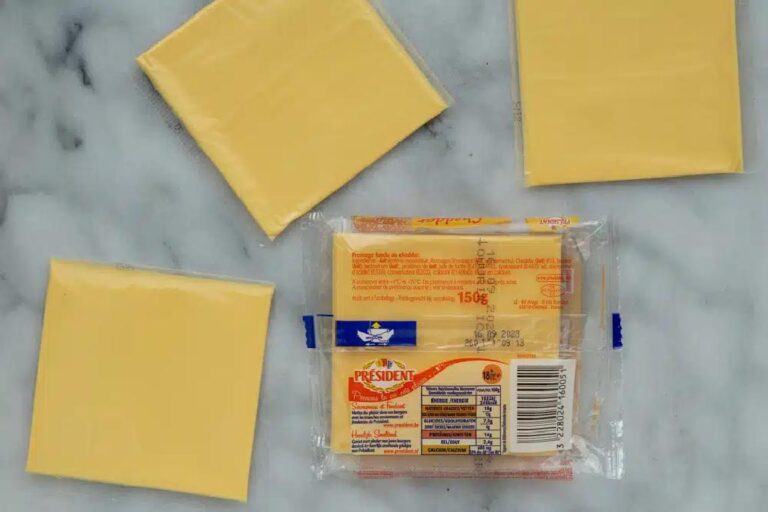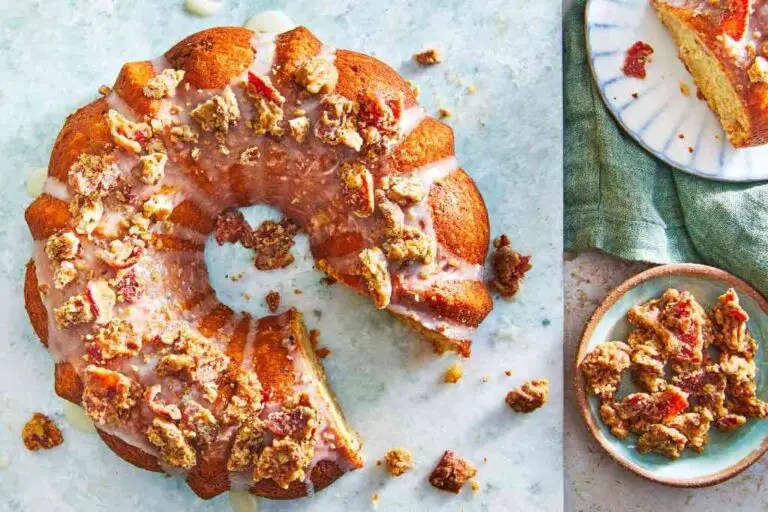How Much Lemon Juice Do You Put on Peaches to Keep Them From Turning Brown?
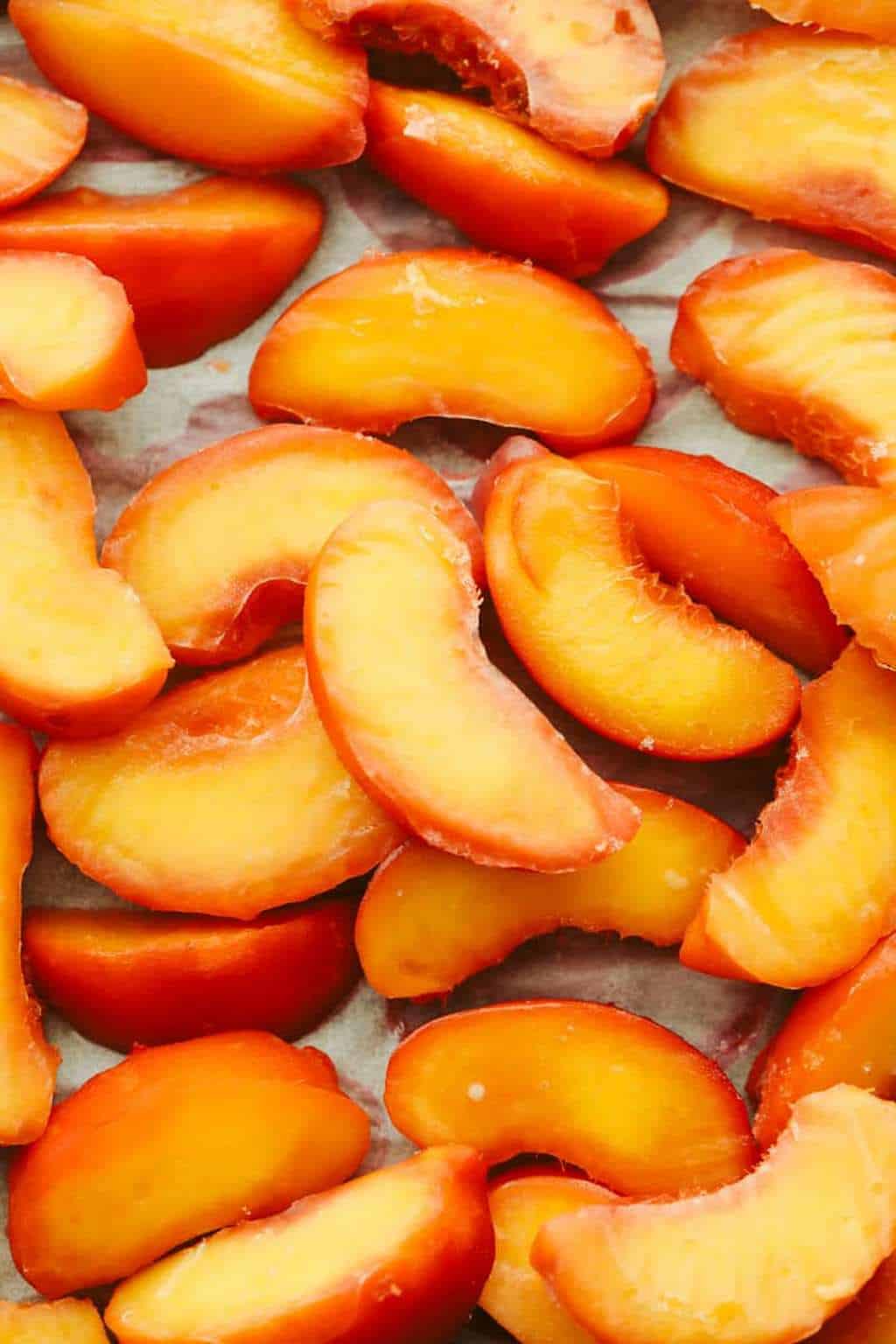
Keep your peaches looking as good as they taste! Discover the magic of lemon juice for preventing browning and preserving freshness.
Peaches, with their luscious sweetness and vibrant color, add a delightful touch to any culinary creation. However, the disappointing sight of browning flesh can quickly dim their appeal. For fruit lovers, preventing peach browning is a culinary must. This is where the humble lemon steps in as a savior, offering more than just its tangy zing to recipes.
When it comes to preserving the beauty and flavor of your fresh peaches, understanding the magic behind lemon juice can be a game-changer. The secret is how lemon juice fights the reaction that makes peaches brown when they meet air. Lemon juice has natural properties that combat this reaction.
A simple squeeze of this citrus gem unlocks a world. It keeps your peach slices pristine for much longer on your dessert platter or in your fruit salad. Stay with us. We will delve into the science and techniques for using lemon juice. It keeps peaches picture-perfect from prep to plate.
Why Are My Peaches Turning Brown?
Peaches can turn brown due to several reasons:
- Enzymatic browning: According to the University of California, Davis, when you slice a fresh peach, the exposure to oxygen activates enzymes known as polyphenol oxidases (PPOs). These enzymes create reactive brown pigments called quinones. They quickly oxidize and turn the fruit an unappetizing brown. This browning process is one of the reasons peaches, along with bananas, avocados, and apples, have a short shelf life when cut. However, note that this type of browning is not harmful to eat.
- Brown rot: Peaches can also turn brown due to brown rot, a common fungal disease of peaches and other stone fruits. Affected fruits develop circular, light brown spots that expand rapidly and rot the fruit. The fungus that causes this rot is visible as ash-gray tufts. The fruits may fall from the tree or develop into shriveled “mummies” that stay attached to the branch. Sanitation prevents brown rot. It involves removing infected fruits and avoiding wounding the fruit. Fungicide sprays applied throughout the season, starting at bloom, can also help
To prevent peaches from turning brown, you can use anti-darkening treatments. These include adding an acid like lemon juice, ascorbic acid, or a commercial anti-darkening agent. Do this immediately after cutting the fruit. Ascorbic acid is the most effective agent for preventing browning. Good sanitation in the orchard helps too. For example, removing infected fruits and keeping good airflow can also stop peaches rotting before they ripen.
How to Prevent Peaches From Turning Brown
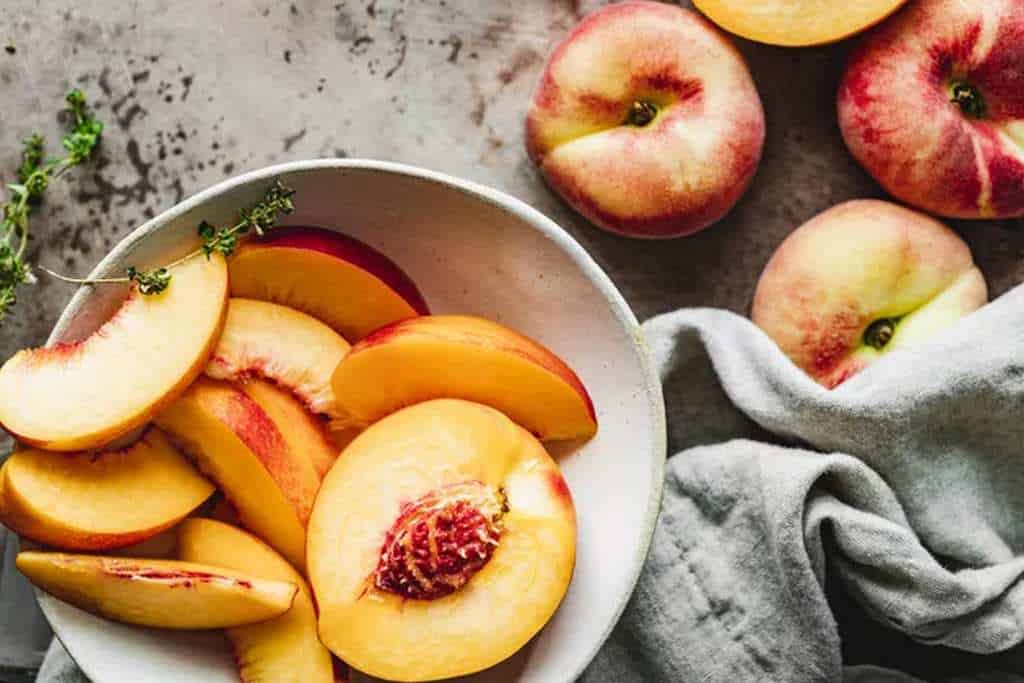
To prevent peach browning beyond lemon juice, there are several natural options. Ascorbic acid, also called Vitamin C, is found in fruits like oranges and strawberries. It can effectively prevent browning in peaches.
To prevent peaches from turning brown, you can use anti-darkening treatments. These include adding an acid like lemon or orange juice. You can also use ascorbic acid or a commercial anti-darkening agent. Add them right after cutting the fruit. Ascorbic acid is the most effective agent for preventing browning. Here are some ways to use ascorbic acid to freeze peaches:
- Unsweetened Packs: Sprinkle dissolved ascorbic acid over fruit, and mix thoroughly just before packing. If the fruit is packed in water or juice, dissolve the ascorbic acid in the water or juice.
- Fruit Juices: Add ascorbic acid directly to the juice. Stir only enough to dissolve the ascorbic acid.
- Commercial Anti-Darkening Products: You may be able to find commercial anti-darkening products that include ascorbic acid mixed with sugar. Follow the manufacturer’s instructions for freezing peaches.
- Crushed Fruits and Fruit Purees: Add dissolved ascorbic acid to fruit preparation and mix.
Also, good sanitation in the orchard helps. For example, removing infected fruits and keeping good airflow can control brown rot.
How Much Lemon Juice Do You Put on Peaches to Keep Them From Turning Brown?
To keep your peach slices looking fresh and vibrant, a simple solution involving lemon juice and sugar does wonders. Start by slicing each peach half into 4-8 wedges, ensuring they’re all roughly the same size for uniform treatment. Next, gather your bowl of peach wedges and prepare to work your magic. For every 8-10 peaches, squeeze the juice of one lemon over the slices. The acidity of the lemon juice acts as a natural barrier against browning, preserving the peaches’ pristine appearance.
But wait, there’s more! To enhance the flavor and juiciness of your frozen peaches, sprinkle in about half a teaspoon of sugar for each peach added to the bowl. This addition not only sweetens the fruit but also helps release the natural juices from the peaches. These juices serve two purposes. They add to the taste and texture of the frozen peaches. They also stop air pockets from forming when the peaches freeze. Use this simple method. It will keep your frozen peaches fresh and tasty until you’re ready to eat them.
How Do You Keep Peaches From Turning Dark?
To keep your freshly peeled peaches colorful and stop them from turning dark, you can use several effective methods. One option is to immerse the peeled fruit in an ascorbic acid solution, which helps inhibit oxidation and preserves the natural color.
Another way is to make a light syrup by boiling water and sugar to your desired sweetness. Or, you can just pack the peaches in water, apple juice, or white grape juice.
You can also prevent browning by treating cut fruits with acidic juices. Use lemon, orange, or pineapple juice. These juices not only add a refreshing flavor but also contain citric acid, which slows down the enzymatic browning process. Instead, you can choose commercial anti-darkening preparations like Fruit-Fresh®*. Follow the manufacturer’s instructions for the best results.
For a creative twist, mix the cut peaches with acidic fruits like oranges, tangerines, grapefruit, or pineapple. This enhances their flavor and stops browning. Another option is to mix the peaches with honey water. This adds sweetness and stops discoloration. Use these simple but effective techniques. They will give you beautiful peaches. The peaches will keep their enticing color and freshness.
Why Do Peaches Go Bad So Quickly?
Peaches, like many other fruits, release a gas called ethylene as they ripen. This compound is natural. It speeds up ripening. It makes fruits soft and sweet. However, it also contributes to their rapid decay if not properly stored.
Peaches ripen faster than expected when kept with other ethylene-producing fruits. These fruits include bananas and avocados. This happens a lot in fruit bowls. They store different types of fruit together.
The presence of ethylene can lead to the premature softening and spoilage of peaches, making them go bad quickly. You must store peaches away from other fruits that make ethylene. This slows ripening and extends their shelf life. Also, keeping peaches in a cool, dry place can help reduce the effects of ethylene. It can also preserve their freshness for longer.
Conclusion: Mastering Peach Browning Prevention
In conclusion, we’ve explored the world of preventing peach browning. We found a simple yet effective solution – lemon juice. You can now confidently keep your fruit fresh and appetizing for longer. How? By understanding why peaches turn brown and the antioxidants in lemon juice,.
Remember, everyone’s taste is different. Feel free to experiment with many natural options beyond lemon juice. Find what suits your preferences best. You can use honey, vinegar, or soda water. There are many options to explore as you master the art of preventing peach browning. So go ahead, get creative in the kitchen, and enjoy your beautifully preserved peaches in all their glory!

